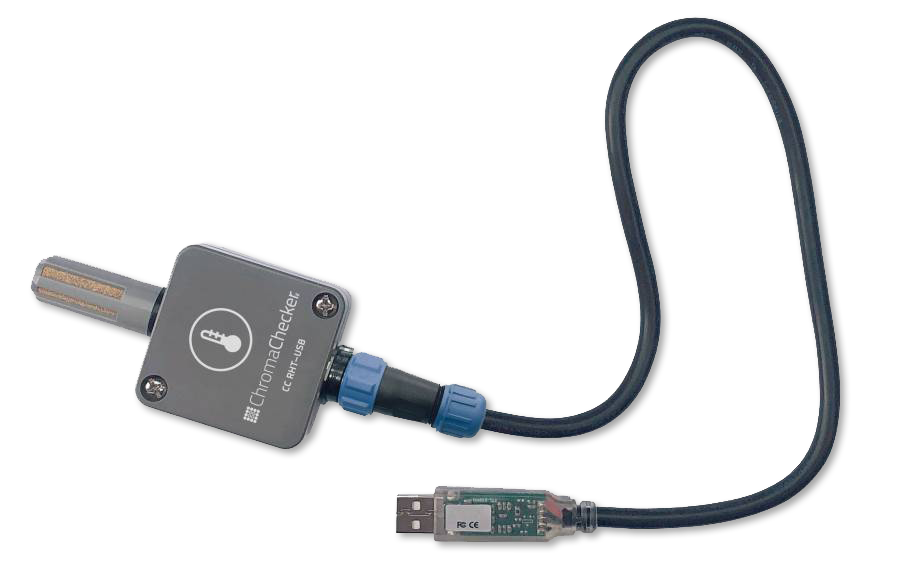February 9, 2022
Test conditions optimalisation
- Controlling environmental parameters can be crucial. It is important that the tests are performed under the recommended temperature and humidity conditions, and tracked with an RHT measurement device

- It is important that the substrate sensitive to climatic conditions is properly conditioned before printing, the humidity and temperature of the substrate should not differ from the recommended one.
- Ensure Fountain solution is correct (pH, conductivity, alcohol concentration, temperature …) and documented within ChromaChecker Fountain Solution Inspector during the tests.
- Measuring instrument(s) should be operational and verified that it is accurate using ChromaChecker Instrument Inspector and that the calibration standard is clean.
- The print substrate and inks should be of good quality, as well as other consumables, including packing and blankets. It is important that the combination of these consumables including the fountain solution, the buffer provides predictable results without any problems. (Don’t run an untested combination of consumables for a press benchmark).
- The press should be thoroughly washed, ink wells loaded with fresh ink.
- The work should be entrusted to an experienced operator that knows how to run the press.
- Ensure the platesetter is correctly set up and documented with ChromaChecker Plate Inspector and test to ensure platesetter provides consistent exposure across the entire plate surface.
*** Notice that all the above variables should be recorded and documented (ideally within ChromaChecker) so upon repeating this benchmark, no variable is left to memory. Consistency is paramount to ensuring a good result, and documentation is the only way to know what each variable was for each press benchmark.
Measuring - a key factor influencing the shape of the test forms.
- It is critical to define how the test form will be measured. The more measurements, the more data, and the better the assessment. If the press has an integrated measurement device, using a form that takes advantage of this can save a lot of time and energy to create meaningful reports. If using an external measurement device, make sure that the form has targets that support the desired instrument.
- If the press has a built-in measurement system (that can export the data), it should be utilized; this will also be the best solution for the future. The integration and monitoring of future production will give you additional benefits such as eliminating a situation of measuring the results with different measurement devices that will not measure the same. The support of an integrated measurement system allows ChromaChecker to perform additional reports required by the operator and print buyer, which will make the collection of production data a transparent process.
- If your integrated system (i.e. Image Control) has acceptable control strips measurement capabilities, make sure to use test forms that work within the technical limitations while providing desired measurement data. The measuring method itself is quite flexible and does not require a specific test strip. So it is easy to adapt almost any test strip to ChromaChecker requirements. An example is the MiniSpot strips from Heidelberg:

PCS_60AB_ControlStrip_CMYK

PO_Basic_135_CMYK

MB_Process_13_78x8
Note:
ChromaChecker test forms that we are delivering should be used as examples, that users should adopt to make analysis fast and efficient. The best way is to create your own version that is covering the whole printable area and uses control strips that are fast to measure.
Contact ChromaChecker Support
Additional information and Support Form is available for logged users.